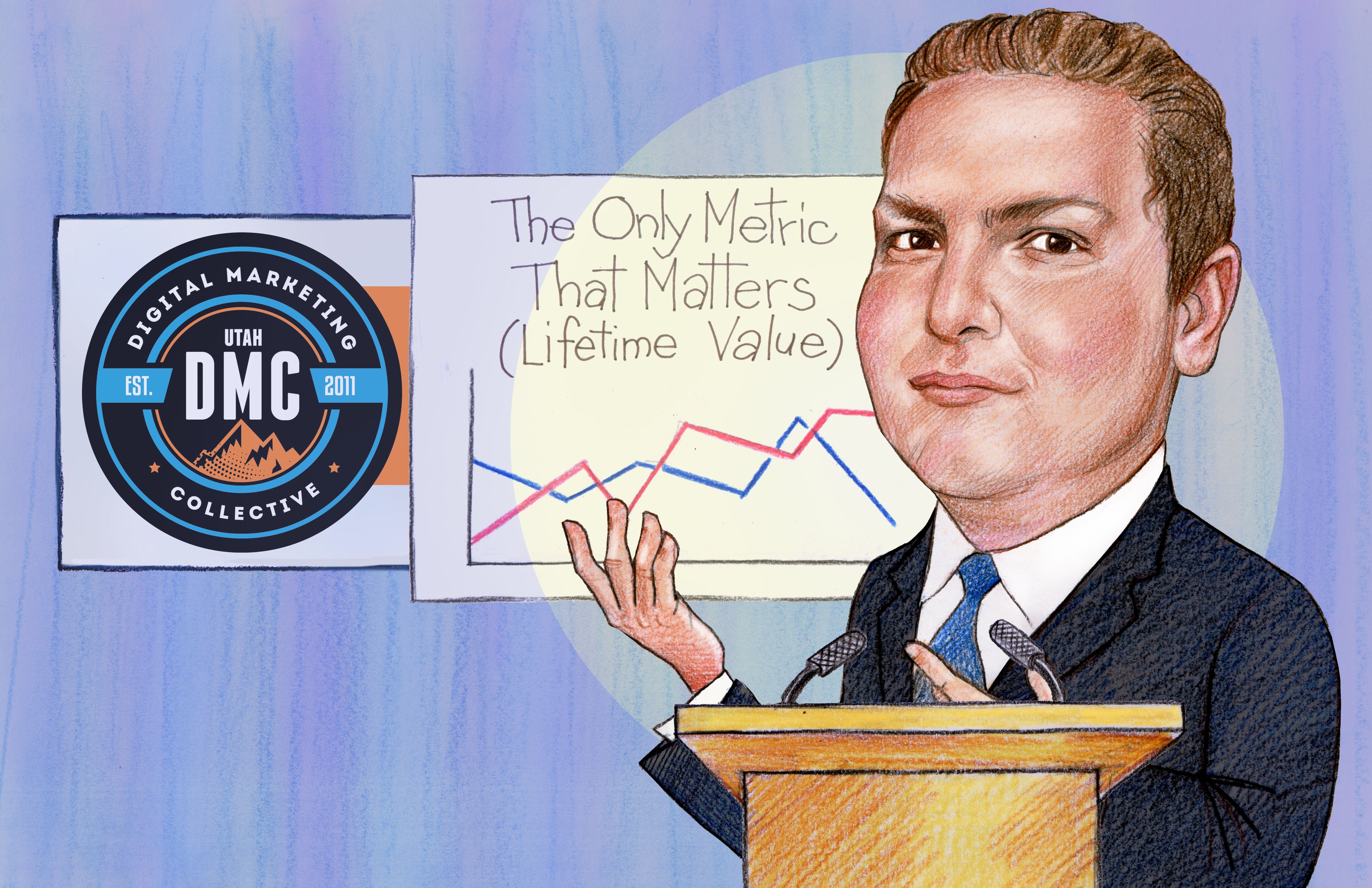
Luciano Pesci, PhD is the Chief Executive Officer of Emperitas which spoke on the subject of Lifetime Value the Only Metric that Matters and how it is beneficial to business.
For those that don’t understand much about marketing or business the term Lifetime Value could be a little confusing. Lifetime Value has been defined by Google as a way to understand a customer’s revenue potential. Forbes has defined it as a measure of the profit you can expect to generate from a customer over the entire time they do business with you. It is one of the most impactful metrics for marketers to understand as 20% of customers predictably contribute 80% of total lifetime value.
A customer’s total value includes everything that adds value which can be broken down into three separate components:
- Monetary Value
- Non-Monetary Value
- Future Value
Monetary Component
Monetary Value is based strictly off of purchase data. This is can be considered as a weakness due to limitation. Another aspect to consider is how seasonality affects several industries as well as the release of new products or services, a new competitor, etc.
Non-Monetary Component
Non-Monetary Value is based on the idea that word of mouth is still the most powerful marketing channel. One of the key metrics for understanding a monetary value is the overall satisfaction.
Future Value Component
The Future Value is a combination of both Monetary and Non-Monetary components that will happen in the future. It should also include a measure of consumer surplus. It is impacted by churn and rebounding which requires a present discounted value model approach.
The product Life Cycle Length was explored with a real example of the product Shake Weight. The product didn’t have a lot of attention and then an episode of South Park drew attention to the product and then its popularity in increased as can be seen in Google Trends and then it eventually fizzled out after a short period of time.
Lifetime Value Data Origins
A complete Lifetime Value Model requires data from every touchpoint in the process, it’s important to understand the data origin through the following data types:
- Observational Data
- Survey Data
- Experimental Data
An example was discussed where technicians would use a term to describe physical, real people which was applicable to obtaining data.
Observational Data
Observational Data is anything that can be learned without directly talking to a human. This can often be captured through digital platforms such as martech, apps, etc. One of its strengths is that it shows what happened, but one of the weaknesses is it doesn’t tell the reason why it happened.
Survey Data
Survey Data is anything that can be learned from directly talking to a human. It is usually captured through qualitative interviews and quantitative surveys. One of its strengths is that it shows why something happened, whereas one of its weaknesses is that it’s attitudinal and people could lie or make mistakes.
Experimental Data
Experimental Data is anything that can be learned from talking to or observing a human in a predetermined design for understanding causal patterns. It provides a strong predictive power, but can be difficult to design effectively.
